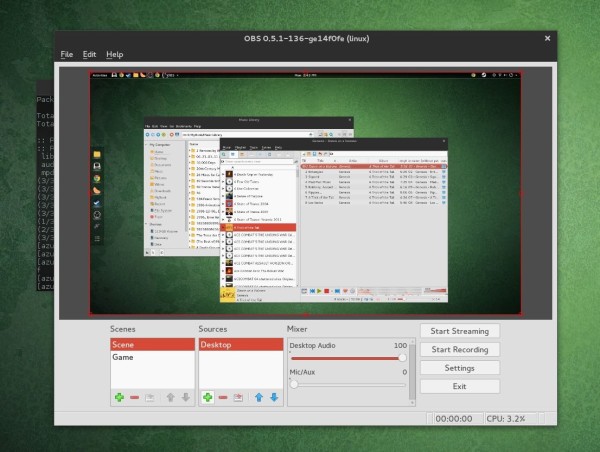

On Zoom, first open the settings, then go to the "Audio" tab. Once you make the connections, there are all sorts of useful applications! You've effectively routed the sounds of the Virtual Studio to your computer, now you just need to select the audio interface as your Input in whatever software you're using (Input is also called "Microphone" in some applications like Zoom). Note: above picture shows dual mono connection only- you need power cables and stuff too! Using the audio in your software Here's a picture of the dual mono connection: Once you ensure that both the bridge and the interface are working correctly, you just need to connect the RCA ports on the Analog Bridge to the Inputs on the Interface. It's a good idea to check that you can hear the sound from the Studio coming out of the RCA ports before you embark on any more complicated audio routing! If you need help setting up your Analog bridge, go to Step 1 (JackTrip Analog Bridge): Getting the right gear. The Analog Bridge needs to be registered and connected to a Studio.

There may also be some drivers to install on your computer- check the instructions included with your audio interface to make sure your computer is able to find the interface and use it for audio input.

Most audio interfaces connect to your computer with a USB cable. This can vary by interface, but the most likely cable is RCA->1/4" dual mono cable, which looks like this:įirst, it's important to make sure that both your Analog Bridge and Audio Interface are connected correctly. Some cables to connect the two together.An audio interface for your computer with at least 2 inputs, like the Presonus Audiobox 96USB, or the Scarlett 2i2.A JackTrip Analog Bridge, registered and connected to a Virtual Studio.Broadcast a live stream to YouTube, Twitch, or any other streaming platform by using a streaming software like OBS.



 0 kommentar(er)
0 kommentar(er)
